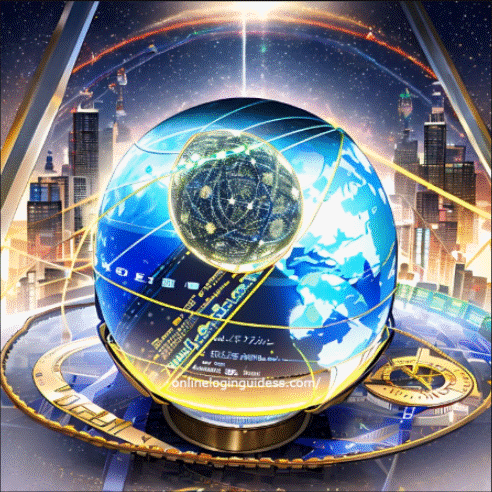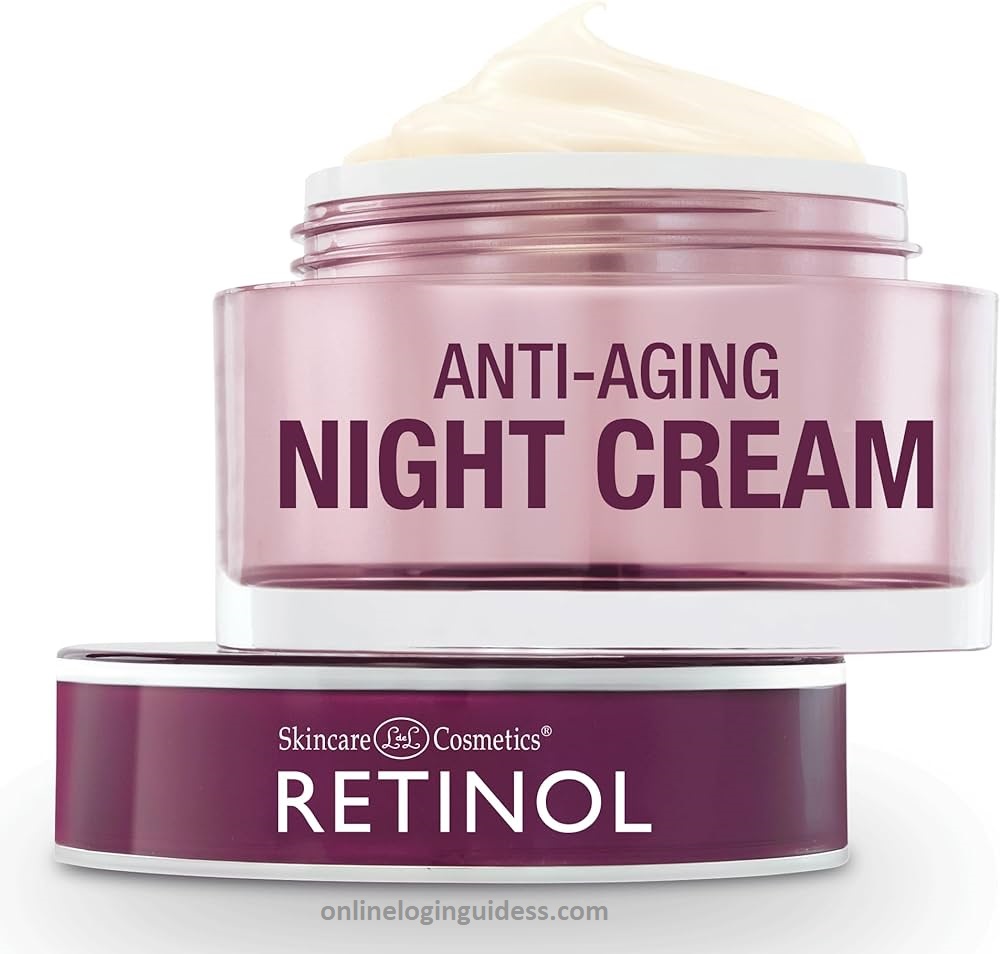Sustainable Fashion Trends for 2025: A Long-Form Exploration
Introduction: Fashion, Ethics & Environmental Urgency In 2025, fashion is undergoing a profound transformation. Consumers are now attuned not
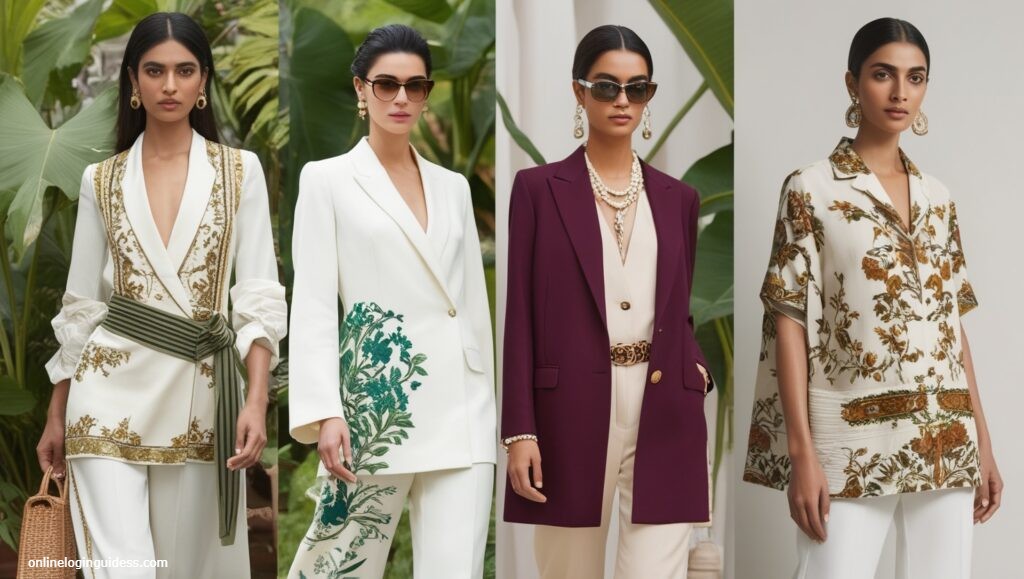
Introduction: Fashion, Ethics & Environmental Urgency
In 2025, fashion is undergoing a profound transformation. Consumers are now attuned not only to aesthetics but also to ecological impact, craftsmanship, fairness, and legacy. The industry is shifting from mindless consumption to purpose-driven creativity.
Today, fashion must answer bigger questions:
-
Can it restore the planet?
-
Can it empower people across every link in the supply chain?
-
Can it move beyond branding into genuine impact?
Let’s unpack the 12 overarching currents shaping this pivotal moment.
1. Regenerative Agriculture: From Taking to Giving Back 🌱
Regenerative fibers—such as regenerative cotton, wool, hemp, and nettle—are replacing “sustainable” as the gold standard. Brands like Patagonia, Levi’s, and smaller heritage labels are working with farms that…
-
Improve soil health
-
Sequester carbon
-
Enhance biodiversity
-
Operate without synthetic pesticides
Examples: certification standards like ROC (Regenerative Organic Certified) and rising interest in plant-based wools and fibers signal this shift voguebusiness.com+6divadaulti.com+6trendrouge.com+6worldfunkpictures.comtrendrouge.com.
Why it matters: These materials don’t just reduce harm—they heal ecosystems, making fashion an active force for restoration.
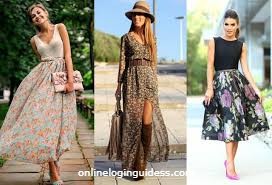
2. The Tech Infrastructure: AI, Blockchain & Circular Intelligence 🤖
AI-Driven Demand & Waste Reduction
Brands now rely on AI forecasting to align production with consumption. Tech platforms have cut overproduction as much as 30% asustainablecloset.com+1news.ftcpublications.com+1.
Also, AI is shaping:
-
Smart-pattern design (zero-waste cuts)
-
Digital fit—minimizing returns and unsold stock
-
Sorting & recycling at scale (via robotics + spectral imaging) bloggerstopics.com+1twentyfairseven.com+1arxiv.org
Blockchain & Transparency Tags
QR codes linked to robust blockchain platforms (e.g., Provenance, Circularise) empower consumers to trace a garment from fiber to final stitch timesofindia.indiatimes.com+8worldfunkpictures.com+8divadaulti.com+8.
Takeaway: Tech isn’t just fancy—it’s the backbone making traceability, zero waste, and mass personalization possible.
3. Bio-Inspired Materials: Mycelium, Piñatex & Beyond 🍄
Bio-based fabrics are now commercial-grade, thanks to startups and R&D:
-
Mycelium leather: Squared off by companies like MycoWorks, Modern Meadow, Bolt Threads, and others; fabrics may soon outperform animal leather marieclaire.co.uk+7en.wikipedia.org+7bloggerstopics.com+7en.wikipedia.org+5phys.org+5worldfunkpictures.com+5.
-
Piñatex and Orange Fiber: Utilize pineapple leaf and citrus peel waste for high-end textiles. Notably, Loewe launched luxury tees from orange fiber featuring UV protection and antibacterial traits worldfunkpictures.com+1timesofindia.indiatimes.com+1.
-
Emerging options: algae-based fabrics, plant-based polyurethane, microbial cellulose (e.g., tech from Von Holzhausen) en.wikipedia.org.
Why it resonates: These textiles are compostable, non-toxic, and often use existing agri-waste.
4. Circular Fashion: Loops, Rentals, Resale & Repairs 🔄
Circular design is fully mainstream for 2025:
-
Take-back programs by Patagonia, Eileen Fisher, Levi’s SecondHand
-
Rental platforms like Rent the Runway, HURR, Nuuly gain mainstream traction lovemyfashions.com+8plainandsimple.com+8bloggerstopics.com+8bloggerstopics.com+1asustainablecloset.com+1
-
Resale boom: ThredUp projected its market at $77B by 2025; lawmakers in the U.S. are proposing tax incentives for re-commerce
-
Repair & longevity: Luxury brands offer lifetime repair guarantees—embedding longevity into lifestyle value.
Bottom line: A garment’s journey no longer ends at purchase—it’s a circle.
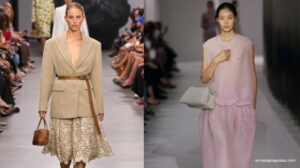 5. Made-to-Order & Local Production: Personal & Proximate 🏠
5. Made-to-Order & Local Production: Personal & Proximate 🏠
While fast fashion flooded shelves, 2025 sees on-demand micro production taking hold:
-
Brands like Garment by, TwentyFairSeven work with co-created, made-to-order models reducing waste ~30% and increasing garment lifespan 50% twentyfairseven.com
-
Localized manufacturing and small-batch runs curb shipping emissions and foster artisan economies bloggerstopics.com
Impact: Each piece becomes personal, traceable, and tied to local resilience.
6. Upcycling & Zero-Waste Design: Fashion Without Leftovers
2025 champions two ways to eliminate pre-production waste:
-
Upcycling: Designers like Simon Cracker use flood-damaged fabrics to create premium garments divadaulti.com
-
Zero-waste patterning: Utilizes CAD and innovative cutting to ensure no fabric is wasted divadaulti.com+11en.wikipedia.org+11arxiv.org+11
Fashion now sees “waste as resource” — creativity lifting scraps into couture.
7. Natural Dyes & Bio-Pigments: Color Without Compromise 🎨
Why poison water when you can use bacteria, algae, mushroom-based or fruit-derived pigments?
-
Companies like Colorifix use fermentation-based dyes; Prince William and Cate Blanchett recently spotlighted their work, supported by the Earthshot Prize instyle.com+1people.com+1.
-
Bio-pigments are showing commercial viability—vibrant, eco-friendly, and low-toxin.
In essence: Nature supplies color in a way science can finally respect.
8. Ethics, Certifications & Social Equity
Sustainability in 2025 demands more than recycled materials:
-
Certifications (GOTS, Fair Trade, Oeko‑Tex, Bluesign, ROC) anchor promises in accountability theguardian.com+2trendrouge.com+2bloggerstopics.com+2
-
The Textile Exchange is reshaping standards via its Materials Matter System to ensure transparency and equitable sourcing lovemyfashions.com+2voguebusiness.com+2worldfunkpictures.com+2
-
Lawmakers now lean toward extended producer responsibility (EPR)—brands must handle post-consumer garments (e.g., California & EU initiatives) fashiondive.com
Transparency isn’t a buzzword—it’s regulated & enforced.
9. Inclusivity & Adaptive Design: Fashion for All
Sustainability now includes social justice and representation:
-
Size-diverse and adaptive lines for all genders, bodies, and abilities bloggerstopics.com
-
Gender-neutral collections and modest fashion ensure style over stereotypes
Fashion must be sustainable—and accessible.
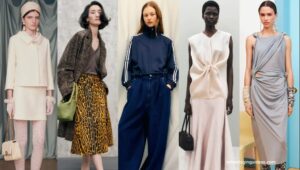
10. Youth Culture & Digital Runways
Gen Z not only shops—it shapes value:
-
Digital wardrobes (via AR/VR), NFTs, and in-game fashion are mainstream
-
TikTok trends (“thrift flip”, “climate-drip”) merge style with activism: fast fashion brands now vow sustainability, but Gen Z calls greenwashing out
-
Influencers champion tiny brands and craft transparency.
Result: A new generation demands brands be radically honest or irrelevant.
11. Policy & Global Fashion Weeks: Regulation Meets Runway
Fashion weeks and governments are hardwiring sustainability:
-
Copenhagen Fashion Week now requires eco standards for participation
-
EU’s ESPR mandates digital product passports and circular design fashiondive.com+1asustainablecloset.com+1
-
U.S. lawmakers propose tax credits and reduced resale taxes to bolster circularity wsj.com
Fashion is no longer voluntary—it’s part of global environmental policy frameworks.
12. Fast Fashion’s Tough Reality: Evolution or Illusion?
Brands like H&M and Zara tout green initiatives:
-
Offering resale, recycled fabrics, store-side recycling, and renewable energy investments voguebusiness.com+15washingtonpost.com+15divadaulti.com+15
-
But critics say fast fashion’s volume-focused model is still incompatible with true sustainability washingtonpost.com
The verdict: No amount of eco labeling can counterbalance mass production’s footprint.
2025 in Action: Real-Life Examples & Innovation
Orange Fiber by Loewe
Launched luxury summer tees in orange-peel fiber with antibacterial and UV features worldfunkpictures.com+1timesofindia.indiatimes.com+1.
Syre Textile Recycling
Partnering with Gap and Target to scale recycled polyester (3M tons by 2032), via a plant under development in North Carolina reuters.com.
Colorifix Visit
Prince William and Cate Blanchett highlighted DNA-based dye solutions—only consuming a fraction of water and chemicals people.com+1instyle.com+1.
Textile Exchange Revamp
Shifting to cleaner standards and accountability through its Materials Matter System voguebusiness.com.
Global Circular Laws
California and EU regulations now hold brands responsible for apparel waste, requiring recycling plans .

Conclusion: Fashion at a Crossroads
In 2025, fashion is undergoing one of its most radical transformations:
-
AI, biotech, and digital traceability enable smarter production
-
Regenerative and bio-based materials give back to the Earth
-
Circular systems rewrite garment lifecycles
-
Social inclusion, artisan empowerment, and transparent supply chains demand justice
-
Policies and Gen Z pressure brands toward real, measurable change
This isn’t guesswork—it’s evidence-based, technology-enabled, and consumer-activated progress.
👉 Next time you dress up, ask yourself:
“Is this garment healing ecosystems, supporting people, and respecting the planet’s limits?”
That’s the definition of 2025’s true sustainable wardrobe.





